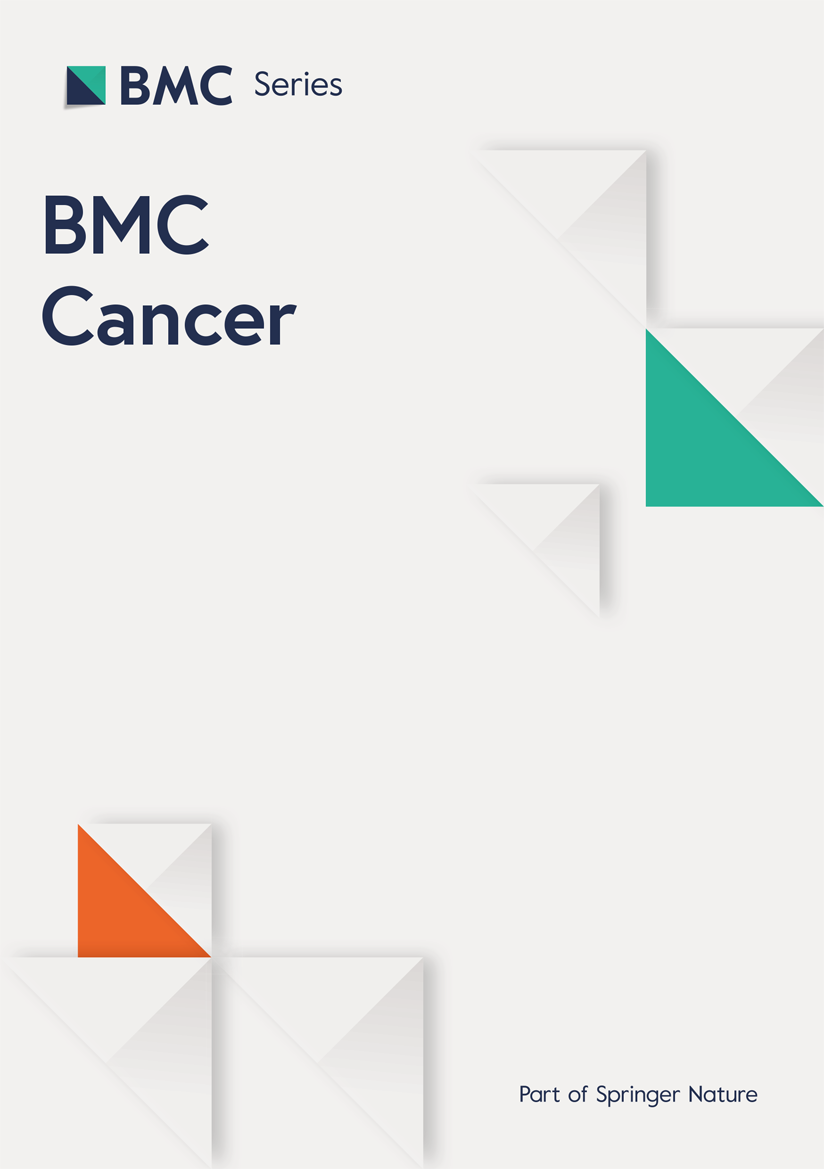Siegel R, Naishadham D, Jemal A. Cancer statistics. CA Cancer J Clin. 2013;63(1):11–30.
Lu WD, Zuo Y, Xu Z, et al. MiR-19a promotes epithelial-mesenchymal transition through PI3K/AKT pathway in…

Siegel R, Naishadham D, Jemal A. Cancer statistics. CA Cancer J Clin. 2013;63(1):11–30.
Lu WD, Zuo Y, Xu Z, et al. MiR-19a promotes epithelial-mesenchymal transition through PI3K/AKT pathway in…